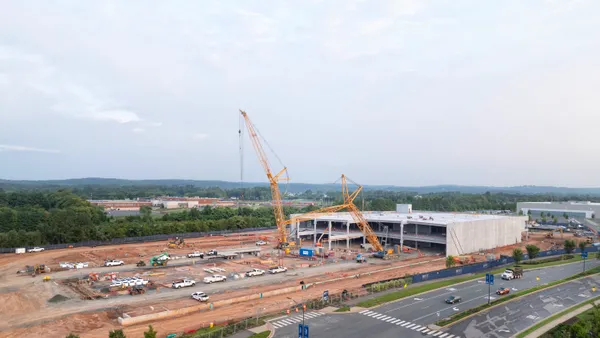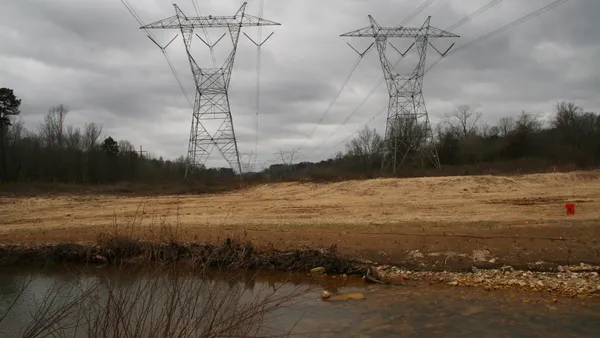Dive Brief:
-
The average time for a utility to complete a customer's rooftop solar interconnection increased 68% from 2013 to 2014, according to a study published by EQ Research.
-
Last year Connecticut Light & Power was the fastest, averaging five days to grant a “Permission to Operate.” Pepco in Maryland was the slowest, at 76 days.
-
Noting that delays are likely to continue as regulation and distributed generation spread, the report recommends hard deadlines to interconnect customers and development of strategies to accommodate more interconnections.
Dive Insight:
If you live in Maryland and Pepco is your electric provider, be prepared to wait a long time if you choose to go solar.
A new study identifies Pepco as the slowest utility in the nation when it comes to completing customer interconnections. At an average time last year of 76 days, Pepco was three times slower than the median – and five times slower than Baltimore Gas & Electric, which also operates in Maryland.
Pepco told the Washington Post in a statement that it moves follows timelines “to protect the integrity of the distribution system.”
But while Pepco's figures are long – especially compared with the 10 utilities with average times under 15 days – the average wait is getting longer as more regulations are brought into the space. Between 2013 and 2014, the median wait time for permission to operate rose from 18 days to 25 days.
While the study acknowledges that the interconnection process can be “long and complicated,” it also cited Department of Energy data showing that a single day's delay applied to every PV project expected to be installed this year would cost $4 million in lost generation.
The study, published for the Solar Energy Industry Association and a group of installers, recommended regulators set firm deadlines for utilities to interconnect systems, and incorporate strategies that anticipate larger numbers of rooftop solar requests. Installers should track utility response times, and utilities should develop solar penetration maps so installers are aware of possible problems.















